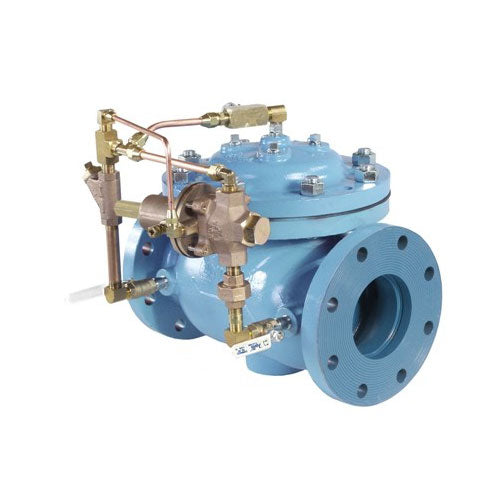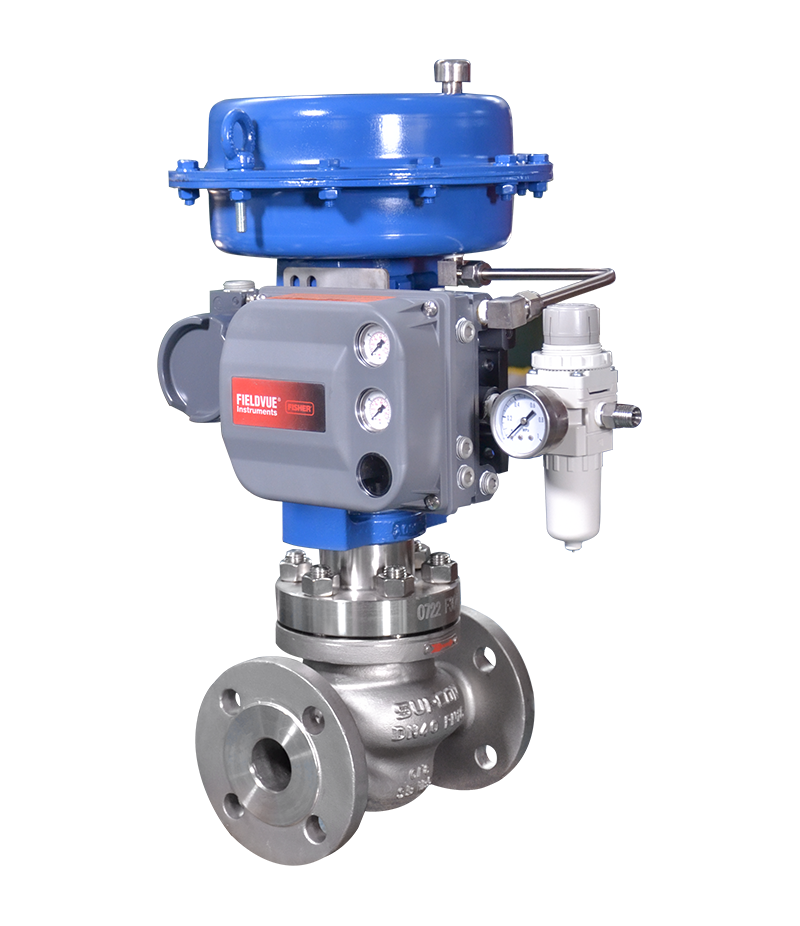Cutting-edge Control Valves: Enhancing Precision and Integrity

Maximize Power Financial Savings and Convenience With Advanced Structure Automation Controls
In the realm of contemporary architecture and center administration, the combination of advanced structure automation manages stands as a critical improvement. The merging of technology and sustainability has actually birthed a brand-new period where power performance, convenience optimization, and functional streamlining are no more remote ambitions but possible facts. By taking advantage of the power of automation, buildings can adapt, react, and advance in manner ins which were when inconceivable. The capacity for substantial energy savings and enhanced comfort is not simply a possibility however a guarantee waiting to be satisfied. This standard change in building monitoring holds the essential to opening a world where ecological conscientiousness and owner health harmoniously coexist within the walls of our structures.
Energy Effectiveness Advantages
Power efficiency benefits can dramatically minimize energy consumption and operational expenses in structures. By carrying out energy-efficient techniques and technologies, building owners and operators can achieve considerable financial savings while additionally contributing to ecological sustainability. Among the key advantages of enhancing power efficiency in buildings is the reduction of utility costs. Energy-efficient systems, such as innovative structure automation controls, can optimize the usage of sources like lighting, heating, and cooling, causing reduced energy expenses with time.
In addition, improved energy efficiency can lengthen the life expectancy of structure tools and systems. By operating much more efficiently, heating and cooling systems, lighting fixtures, and other structure components experience much less damage, causing lowered maintenance and substitute expenses. Additionally, energy-efficient structures commonly command higher property worths and rental prices, supplying long-lasting monetary advantages to owners.
Moreover, energy performance can boost resident convenience and productivity. Properly managed interior environments with ideal lighting and thermal conditions create an even more favorable and pleasant office, bring about boosted worker satisfaction and efficiency. In general, the power performance benefits related to advanced building automation controls are diverse, incorporating price financial savings, environmental stewardship, and resident wellness.
Boosted Comfort Control
Enhancing comfort control in building environments requires an innovative combination of sophisticated automation systems for optimum owner wellness. By utilizing innovative structure automation controls, facilities can customize the indoor atmosphere to meet the particular needs and choices of residents. control valves.
Boosted comfort control goes past fundamental temperature level modifications. It consists of functions such as individualized settings, tenancy sensors, and natural light usage to develop a vibrant and receptive atmosphere. By incorporating these sophisticated controls, buildings can not only improve convenience but additionally improve power efficiency by enhancing system procedures based upon actual tenancy and usage patterns. Ultimately, prioritizing owner convenience with advanced automation systems leads to a much more enjoyable and healthier indoor setting.
Functional Efficiency Improvements

In addition, the execution of real-time tracking and analytics tools makes it possible for structure drivers to determine energy inefficiencies and functional anomalies immediately. By constantly monitoring power use patterns and system efficiency metrics, adjustments can be made in real-time to maximize energy intake and make sure peak functional efficiency. control valves. Furthermore, incorporating need action techniques right into building automation controls can better enhance functional effectiveness by dynamically readjusting energy use based on grid problems and pricing signals
Indoor Environment Optimization
Efficient indoor environment optimization is an essential aspect of building automation controls, guaranteeing owners' comfort and health while optimizing energy cost savings. By utilizing innovative sensing units and controls, building automation systems can constantly monitor and adjust temperature, humidity degrees, air top quality, and ventilation to produce an ideal interior setting. Maintaining comfy and regular conditions not only boosts occupant contentment but likewise improves performance and total wellness.
Indoor environment optimization additionally plays a vital duty in power effectiveness. By fine-tuning air flow, home heating, and air conditioning systems based upon real-time information and description occupancy patterns, developing automation controls can substantially lower power usage - control valves. For example, carrying out strategies such as demand-controlled ventilation and thermal zoning can help decrease power waste while making certain that each area of the building obtains the essential conditioning.

Lasting Environment Production
Building automation controls not only optimize interior climate problems for power performance and owner convenience however also lay the structure for creating a sustainable setting with tactical monitoring of resources and systems. By integrating innovative building automation innovations, such as sensing units, actuators, and intelligent software program, centers can change and monitor power usage in real-time to minimize waste and minimize their carbon impact. These systems allow anticipating maintenance, determining potential problems prior to they rise and maximizing equipment efficiency to boost durability and performance.
Additionally, sustainable atmosphere production expands beyond energy management to encompass water preservation, waste decrease, and indoor air quality improvement. Structure automation controls can control water use, spot leakages, and guarantee appropriate garbage disposal techniques, adding to overall sustainability efforts. Additionally, by regulating and checking air flow and purification systems, these innovations improve resident wellness and productivity while decreasing power intake associated with heating and cooling operations.
Conclusion
To conclude, advanced building automation controls offer considerable advantages in regards to power savings, convenience control, functional performance, interior climate optimization, and producing a sustainable setting. By carrying out these controls, structures can accomplish ideal performance while reducing power usage and improving passenger comfort. It is apparent that using advanced automation technology is crucial in enhancing building efficiency click and producing a more lasting future.
Energy effectiveness benefits can significantly minimize energy intake and functional prices in buildings. Overall, the power efficiency advantages connected with sophisticated building automation controls are complex, incorporating cost savings, ecological stewardship, and resident health.
Furthermore, incorporating demand action approaches right into structure automation controls can further boost operational effectiveness by dynamically changing power use based on grid problems and prices signals.
Structure automation manages not just maximize interior environment conditions for power performance and owner convenience but also lay the structure for producing a lasting setting via tactical management of systems site link and resources.In final thought, advanced building automation manages deal significant benefits in terms of energy financial savings, convenience control, functional efficiency, interior environment optimization, and producing a sustainable atmosphere.